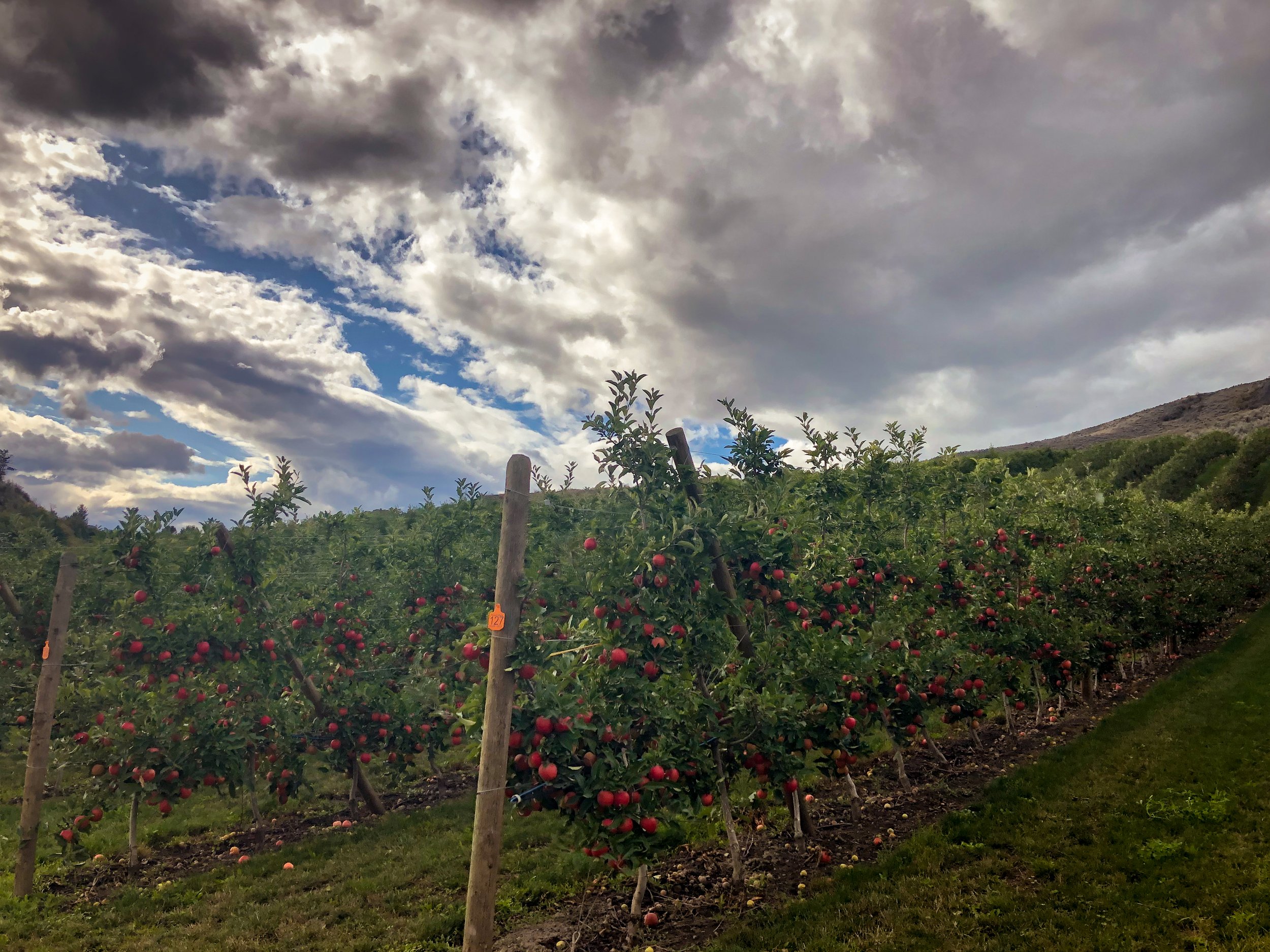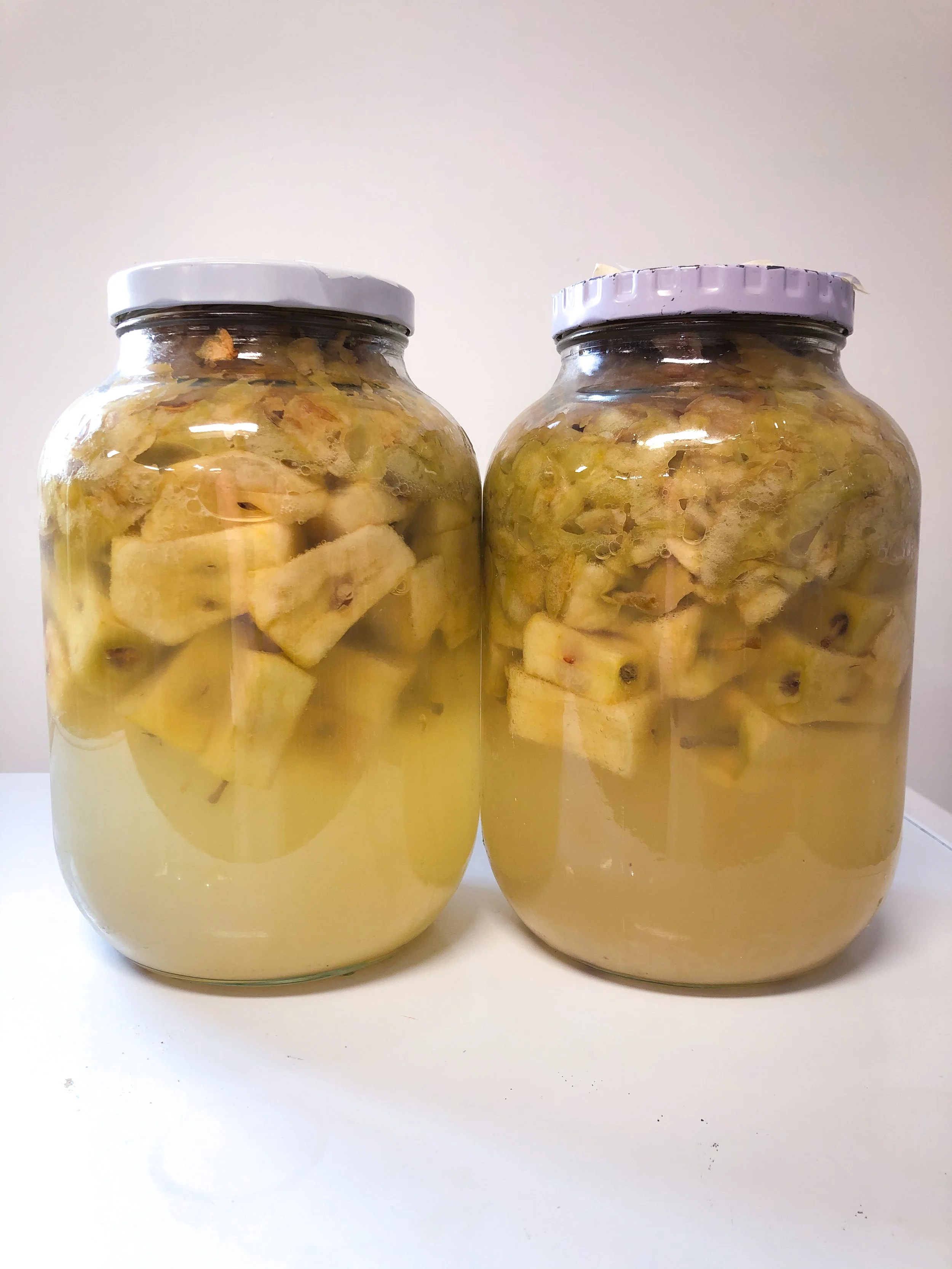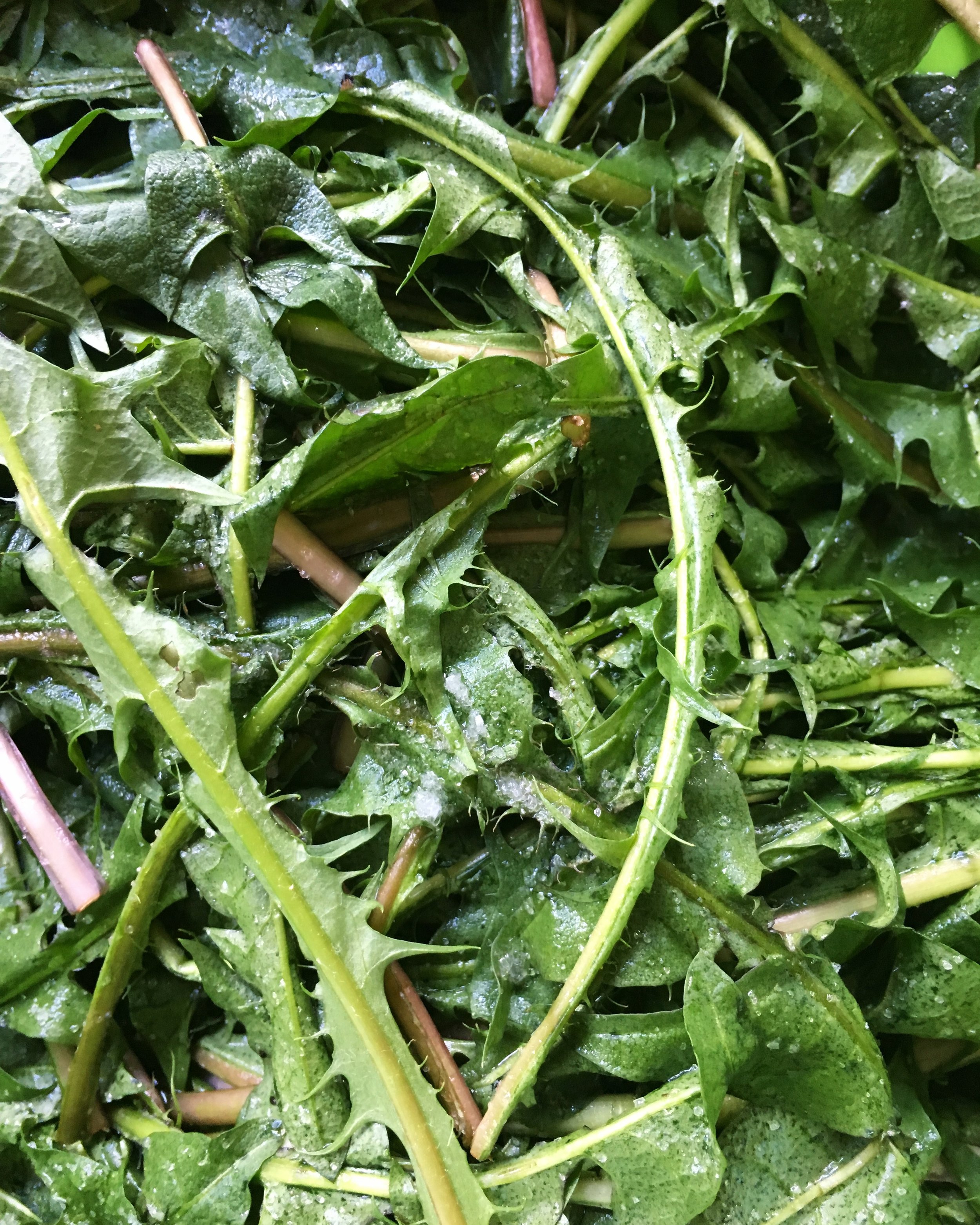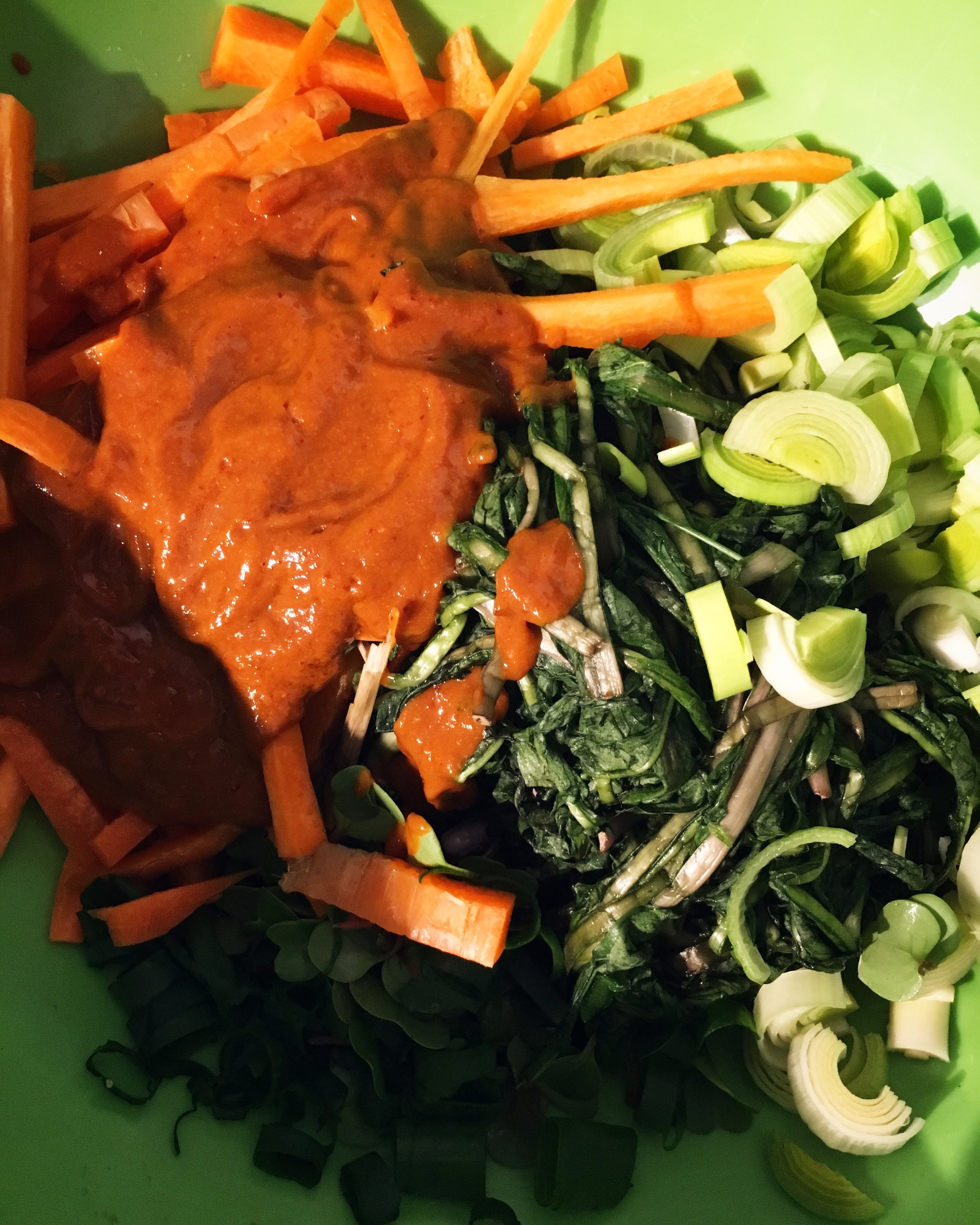Quick Apple Scrap Cider
For my first foray back into blogging in over a year I’m starting with this rambling account of a fermentation experiment that went surprisingly well. I feel like I should include a bit of a disclaimer before we get too far down the line that the resulting ferment was an alcoholic beverage. If that’s not your thing, I’m not offended if you skip this one!
Have you ever made apple scrap vinegar? It’s something I usually do when I have a lot of extra leftover bits of any type of fruit. If I am doing a large scale canning project, I usually add this as an additional step to get further use out of all the cores and peels. I might do a full scale post about how I make the vinegar sometime, but the short version is to cover your leftover fruit cores or peels with a sugar syrup, let it ferment covered on the counter for a week, strain, and then let that ferment oxidize on the counter until it turns into vinegar.
I started this project intending to make some more vinegar, but when I started to strain the jars the ferment smelled so delicious, I felt like it was worth tasting! To my surprise it tasted like a very nice sparkling hard cider, so instead of sticking to my plan I thought I’d give bottling it a try. I don’t have a real recipe to include here since the whole thing was more of an experiment, but I thought I’d share my process. It can be very difficult to reproduce your results when using wild fermentation, but it’s worth giving it a shot! I will definitely be trying this again at some point!
To Make Quick Apple Scrap Cider
Cover fruit scraps in jars with sugar and water. Use a ratio of 1/4 cup sugar to 4 cups of water, and make sure that all the fruit is submerged. Leave this on your counter for a maximum of one week. You should see lots of little bubbles at this point and it should smell pleasant.
Strain out the solids. At this time you will also need your bottles to be sanitized and ready to go.
Add 1 teaspoon sugar to each bottle and pour the cider in. This applies to bottles the size in the photo above. Use more if you want to do your second ferment in a larger bottle. We used plastic home brewing bottles because it is very easy to tell when a ferment will be ready to drink by how hard the bottle becomes. They trap the carbon dioxide well and we’ve been able to reuse them quite a few times. If you use glass bottles you will need to stay on top of “burping” them or else risk an explosion!
Leave the bottles on the counter for a day or two. You want them to feel very hard when you try to squeeze them (or nice and fizzy if you are using flip tops and burping them once a day). After they are ready put them in the fridge and enjoy whenever you like!








